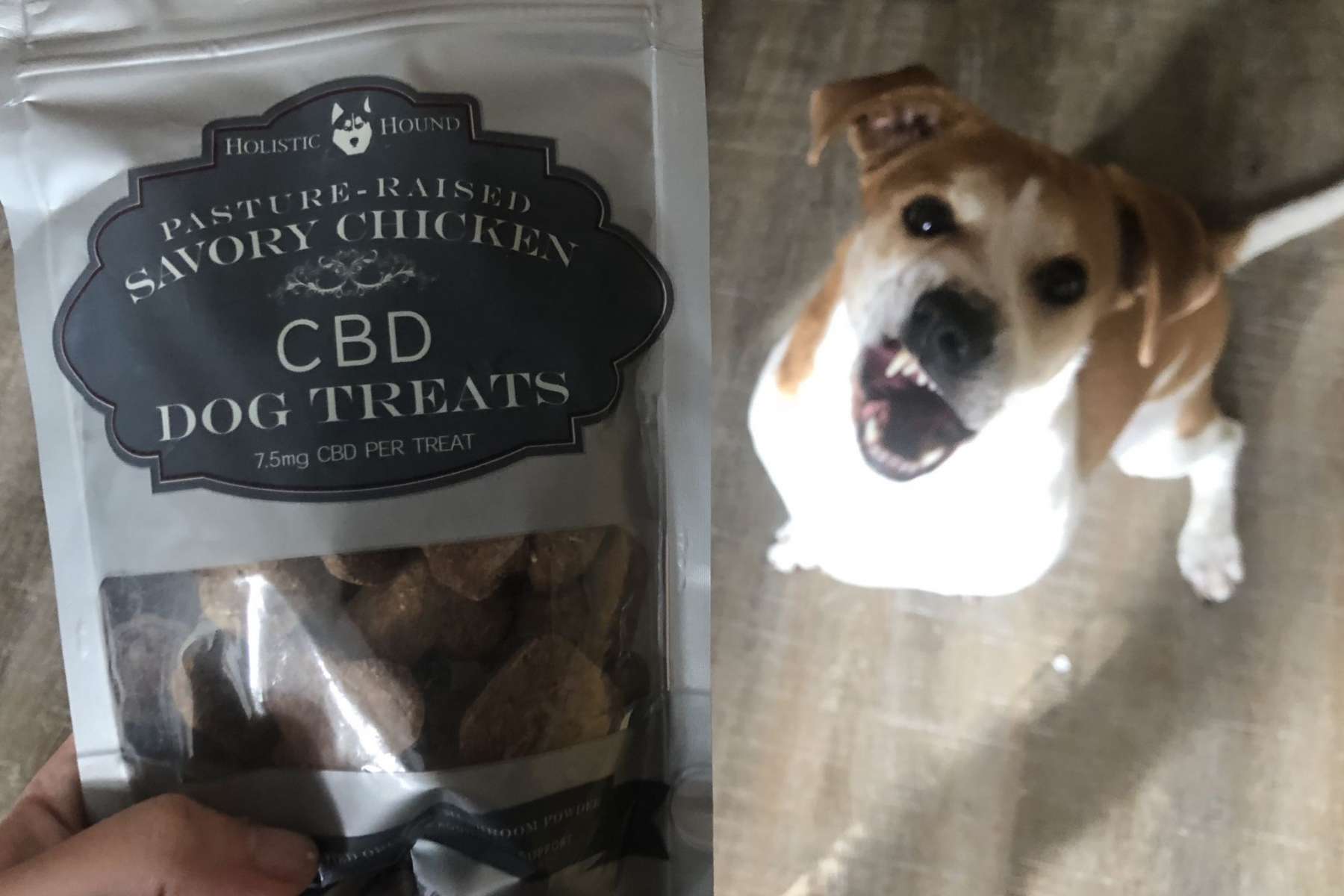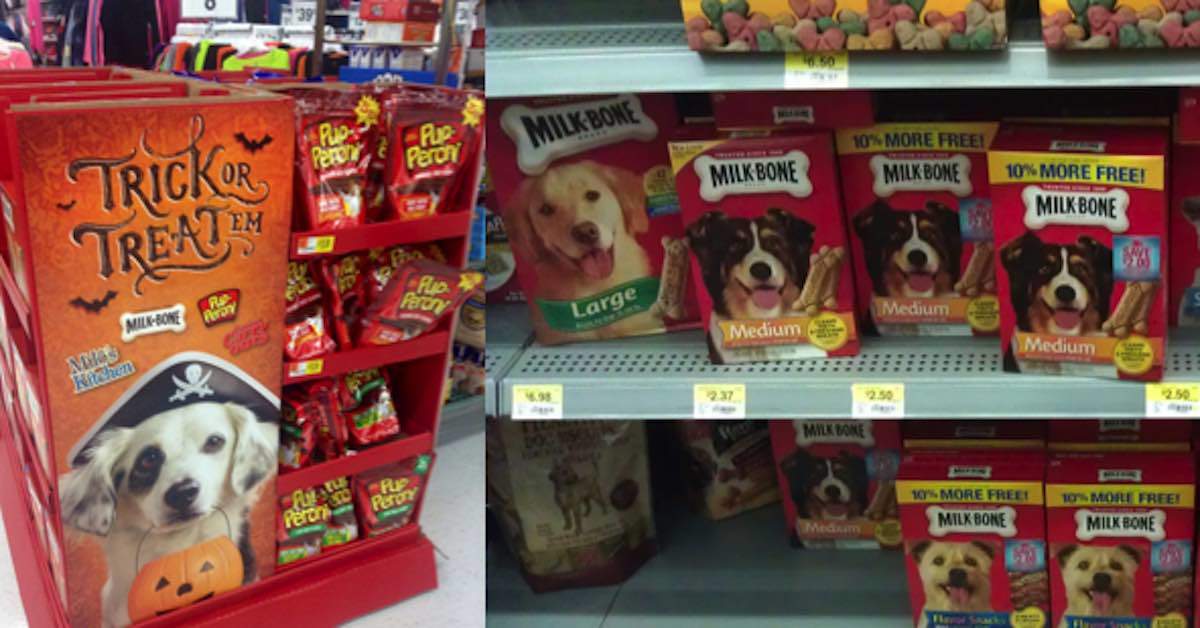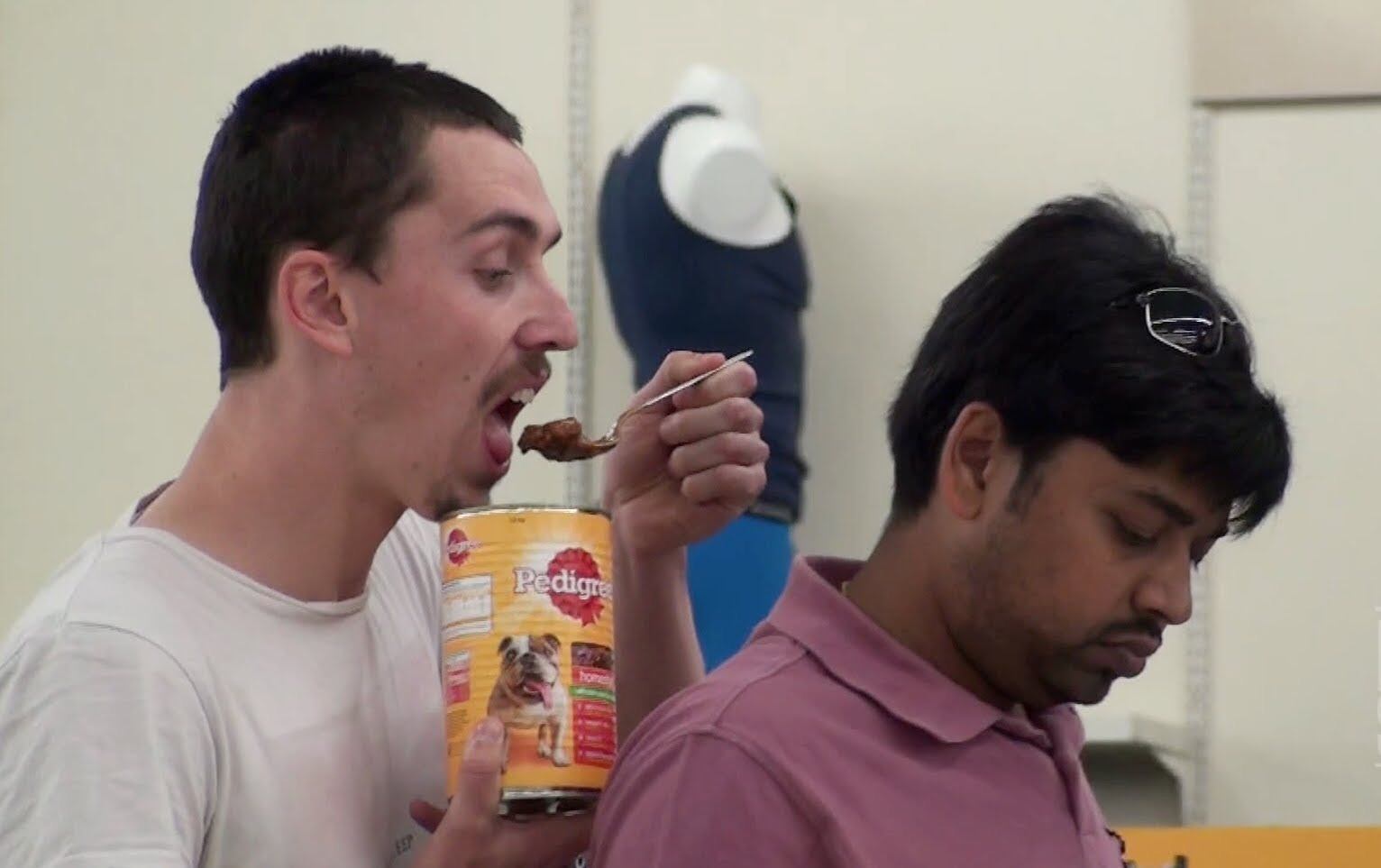#pets_tuttorial #jane_brody #pet_blog #pet_training #pet_products_reviews #best_dog_products #best_cat_products
Making your own dog treats is a risky proposition. “Most of they contain sugar, salt preservatives, flavorings, and coloring. Dog treats are produced with a variety of the quality and nutritional content,” says Dr. Donna Raditic, a board-certified veterinarian nutritionist at Nutrition and Integrative Medicine Consultants located at Athens, Georgia.
How do you treat your pet without giving it something that can contribute to obesity and poor health? Another alternative is baking your own homemade dog treats. It’s not always simple to master, particularly if you’re not certain where to begin. But, if you adhere to some basic rules, you can prepare tasty and nutritious homemade dog treats even if you’re just beginning.
If you were to eat only “healthy foods” all day all day long it would be a bit overwhelming to feel that you’d been missing the most wonderful pleasures of lifeand sweets. Many people, if honest, enjoy a bit of chocolate, ice cream, or candy bars occasionally. These treats certainly “mix it up a bit” so that we’re not eating the same bland foods on a daily basis. Treats are intended to be every now and then thingIf we indulge in too many, you’ll feel tired and sluggish.
If people are fond of snacks, it’s likely that dogs love treats, too. Since humans and dogs are quite similar. Why do dogs love treats?

Prevent Injury and Illness
Baking nutritious homemade dog treats can do damage more than it benefits if you favorite friend gets hurt by the process. To ensure they are secure, here are a few tips to prevent food-related ailments:
The kitchen is often the most dangerous area for dogs, as they don’t comprehend the idea of ovens and stoves that are hot. Make sure your dog is safe when you cook by securing your zone with a dog-proof gate.
Do not use baking molds or containers that contain BPA, a chemical that has been that has been linked to various health problems.
Avoid using harmful ingredients, such as xylitol garlic, onions as well as raisins, chocolate, and chocolate Dr. Jeffrey, whose professional area of expertise is preventative health. If you’re planning on making home-cooked peanut butter pet treats at home, make sure you read the labels carefully. “There are several peanut butters on the market that contain xylitol,” she advises. Xylitol isn’t harmful to humans however it can cause potentially fatally the levels of blood sugar as well as liver damage in dogs.
If in doubt, check with the ASPCA’s Animal Poison Control Center for an inventory of ingredients that are known to be harmful to animals. You can also call at 888-426-2435 if you suspect that your pet might have consumed an ingredient that is poisonous.
Make homemade dog treats at an appropriate temperature that kills potential pathogens, like Salmonella that could be present in eggs and other food items such as eggs, suggests Dr. Jeffrey. “Also, if treats are made out of raw meat, they should be cooked well (about 165 degrees),” she advises.

Count Calories
If you feed your dog excessive amounts of treats can cause imbalances in nutrition “Especially if the dog eats less of the complete and balanced diet and substitutes the incomplete and unbalanced treat,” the Dr. Joe Bartges, a veterinarian nutritionist with a board-certified certification and professor of Medicine and Nutrition at the College of Veterinary Medicine, at the University of Georgia in Athens. Maintaining your dog’s diet the same , while offering a variety of treats isn’t a good idea either, as it increases the chance of weight growth.
Treats shouldn’t comprise more than 10 percent of your dog’s daily caloric consumption, while the rest of that coming from a complete and balanced diet, according to Dr. Jeffrey. Dr. Bartges is even stricter and says that treats should not comprise more 5 percent of the daily consumption of food for dogs.
The best method of keeping an eye on calories intake is to utilize a scale for food grams to measure a dog’s daily meals, as well as any other sweets they enjoy, suggests Dr. Raditic. “If your dog consumes 100 grams per day of a food item that contains 35 calories for each gram of food, they’re receiving 350 calories per day. Thus, the treats you give them could have 4.0 energy per kilogram and if they weigh 10 grams, you’re increasing 40 calories. The total intake of calories is 390 calories which can have a significant impact on the weight loss.”
The Dr. Jeffrey admits that it isn’t always easy to estimate the calories contained in the homemade treats for dogs. “One way is to follow a recipe that already has the calorie calculation, versus making up a dog treat recipe on one’s own.” If the recipe is from a reliable source, this could aid you in avoiding creating treats that may be more harmful to your pet as compared to the treats you buy from the store.

Reasons Dogs Love Treats
They like the smell and taste of sweets. They are different from the usual. Most treats are made of “savory” ingredients that dogs love – protein-rich food that smells good to dogs can detect instantly. From chicken to beef, seafood to lamb, food items for dogs are generally tasty to them.
Did you know that dog treats are nutritionally beneficial? Contrary to human food generally candies are very nutritious and packed with nutrients and vitamins. They also help to keep the dog’s stomach full and make them feel fuller, and ultimately improve their health and wellbeingGood!
Additionally, dogs love treats since they are enjoyable to consume. Offer your dog jerky, chews, or pig ears and it will give them something to chew for long periods of time. Although they’d like to consume it all fast, these treats take time to consume and give your dog a test. Dogs can be enticed to be rewarded for their efforts, doing tricks to you, or something else. Certain pet treats are a means to keep our pets entertained and entertained for hours and that’s a wonderful thing. The traditional pet meals are “just there” and “easy to eat,” which means it’s not as enjoyable.
Also, there aren’t always treats accessible. It’s possible that’s the main reason why dogs are enthralled by and desire treats – hence why they’re called treat!
Like humans can, dogs love treats every occasionally. Do not give them chocolate howeveral though small amounts may cause diarrhea or vomiting but larger quantities can trigger seizures, muscle tremors and internal bleeding, or even heart attacks. The best option is to stick with “dog treats” for dogs.
The post Can You Eat Dog Treats? appeared first on Pets Tutorial.
by petexpert via Pets Tutorial
Không có nhận xét nào:
Đăng nhận xét